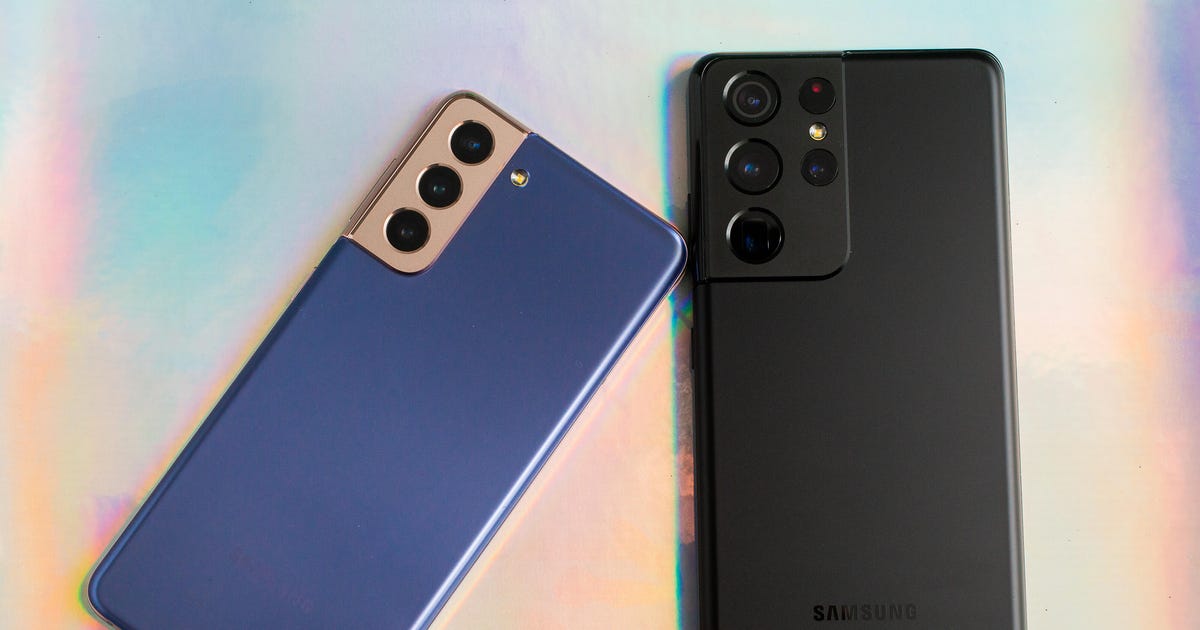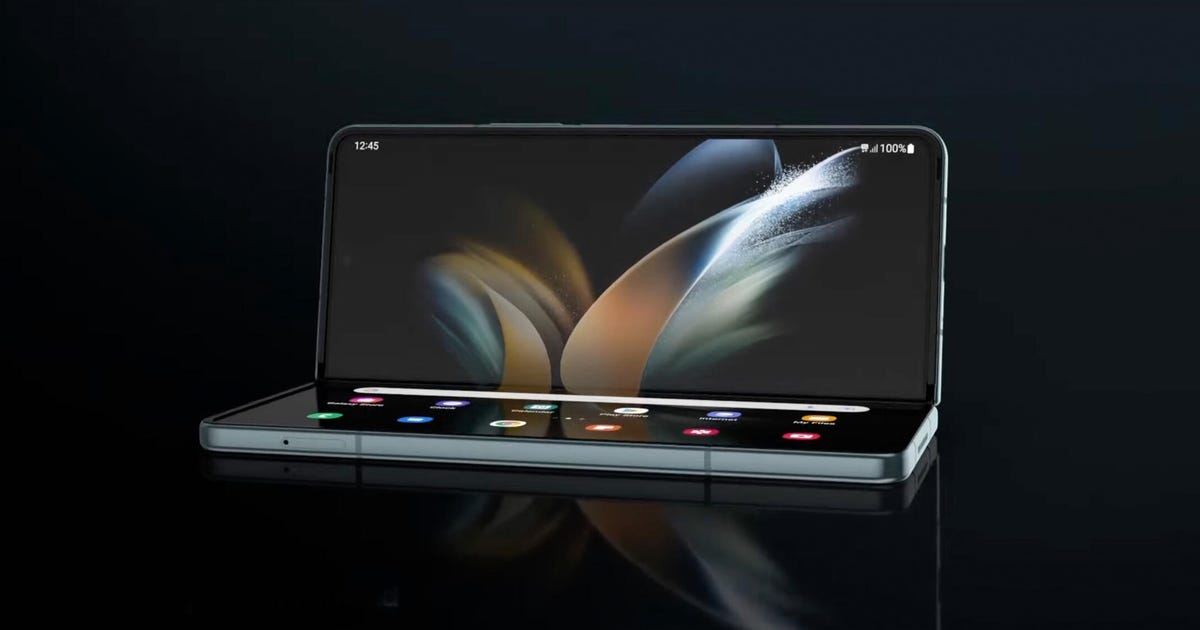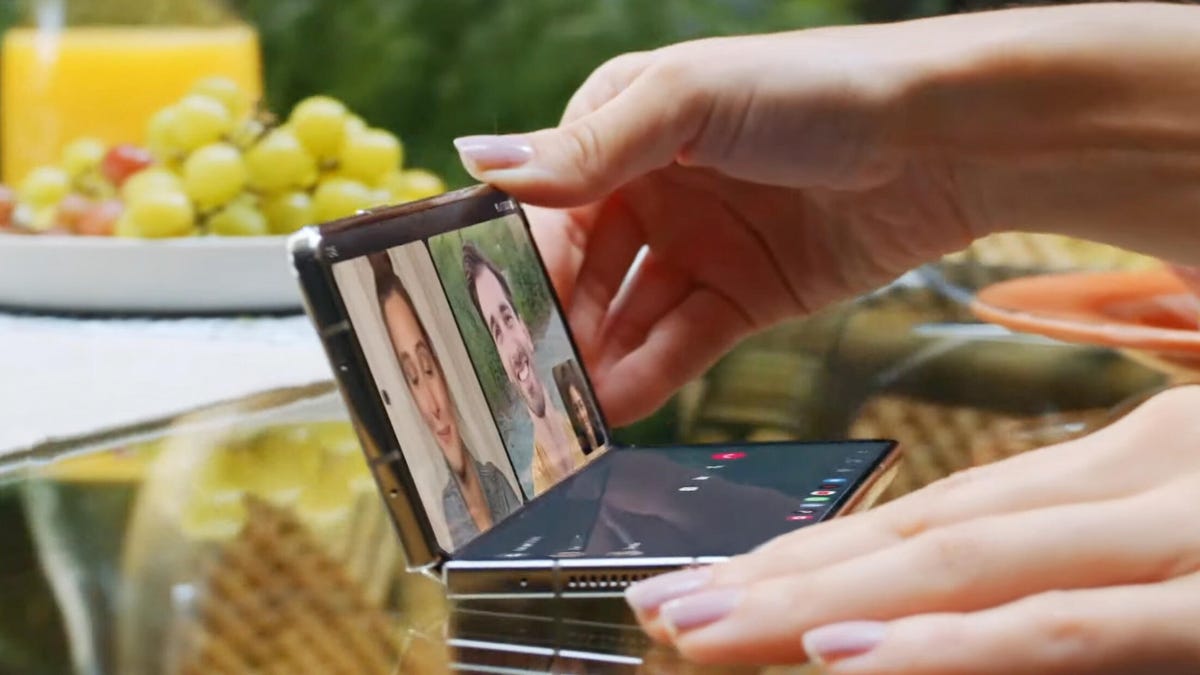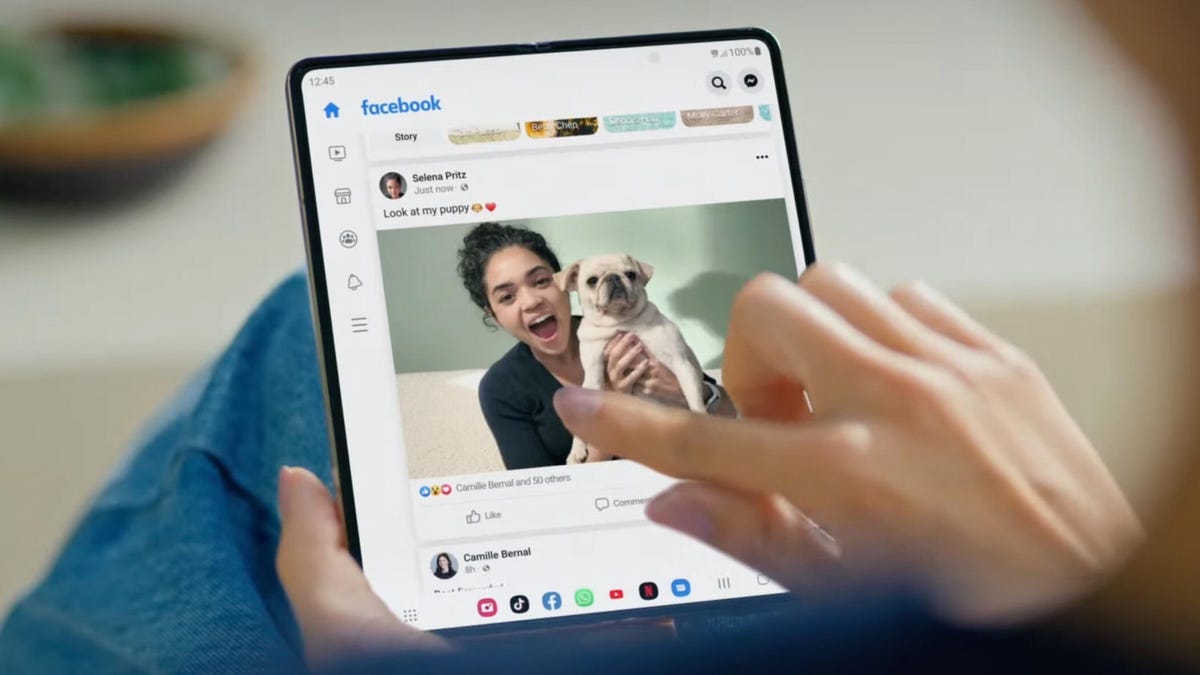
The pandemic changed our relationship with our phones, and Samsung's upgrading accordingly
The COVID-19 pandemic required us to to work, attend school and socialize from home -- meaning our tech reached a new level of importance in our lives. Although the lockdowns are over, the time we spent at home in 2020 gave Samsung plenty of ideas for how the smartphone experience could be improved.
Those takeaways surface in One UI 4, Samsung's next major software update, which rolled out earlier this month starting with the Galaxy S21 series.
"We looked at preexisting features and understood what was receiving more usage because of the pandemic and we reinforced that," Hyesoon Sally Jeong, Samsung's vice president and head of framework research and development, told CNET via a translator.
The update largely focuses on improving areas like privacy, ease of use, personalization and communication, elements that Samsung noticed had become particularly important as many people began spending more time on their phones during the shutdown period. It's another example of the broader shift that's occurred across the tech industry as companies began tailoring their products to facilitate remote work and socialization.
Read more: Apple iPhone 14 Max, Samsung Galaxy S22 Ultra and other exciting phones to look out for
One such feature in Samsung's update is the ability to record audio and video during conference calls, an addition that was inspired by remote learning. "We realized that our users might want to record the audio or video while they have remote interactions with their teachers or students," Jeong said. "So teachers might want to record the audio or video conference to monitor the lessons or sessions they had taught to students."
But perhaps the biggest change that influenced Samsung's strategy when designing One UI 4 was the increased amount of time we've spent on our smartphones. A recent study published in the JAMA Pediatrics Journal found that screen time doubled among teenagers during the pandemic, not including virtual learning.
As such, Samsung is trying to make its smartphones easier to look at for long periods of time with cosmetic updates coming in One UI 4. "In terms of visual design, we made a lot of design-related decisions based on the key principle of comfort," Hyun Kim, head of Samsung's core user experience group, also said to CNET via a translator. "Because screen time increased, comfort for your eyes [and] reducing eye fatigue has become more important than ever before."
The company made aesthetic changes to its software such as reducing the number of colors in the user interface and adjusting the size and layout of fonts. It also worked with Google to enable screen dimming that's darker than what was previously possible when using the phone in low light environments. Samsung's emoji pair feature -- which lets you send two emojis at once -- was also sparked by the way we relied on our phones for communicating and socializing in 2020.
Read more: Google is still no Samsung, but the Pixel 6 might change everything
Samsung's software update is just one example of the pandemic's lasting impact on the way tech companies design and develop their products. That influence can be seen in Apple's iOS 15 software, too. One of the update's headlining features is SharePlay, which lets you easily watch movies and TV or listen to music with others over FaceTime. Such functionality would have been particularly handy during the shutdown period when many people were seeking ways to hold virtual movie nights over Zoom.
CES 2021 also showcased the best efforts of tech companies to make products that reflected lifestyle changes caused by the pandemic. In addition to Razer's high-tech face mask and a temperature-taking doorbell, we also saw laptops with better cameras that were seemingly designed for remote work.
Aside from the additions mentioned above, One UI 4 also brings features like a new privacy dashboard, the ability to choose whether to share your precise location with apps, more uniform widgets with rounded corners and more color palettes for customizing your phone's theme. The software is now available for the Galaxy S21 lineup and will be coming soon to older Galaxy S phones, Galaxy A phones and Samsung's foldable devices and tablets.
Source
Tags:
- The Pandemic Changed Our Relationship With Our Phones And Prices
- The Pandemic Changed Our Relationship With Our Phones And Tv
- The Pandemic Changed Our Relationship With Our Phones Are Listening
- The Pandemic Changed Our Relationship With Our Phones Are Working
- The Pandemic Changed Our Relationship With Our Phones Are Back Up
- The Pandemic Changed Our Relationship With Jesus
- The Pandemic Changed Our Relationship With Technology
- The Pandemic Changed Our Relationship With The Law
- The Pandemic Changed Our Relationship Is Falling
- How Has The Pandemic Changed Our Lives Essay
- How Will The Pandemic Change Our World Essay
- How The Pandemic Changed Our Lives



_35182664_02.jpg?auto=webp&fit=crop&height=675&width=1200)
